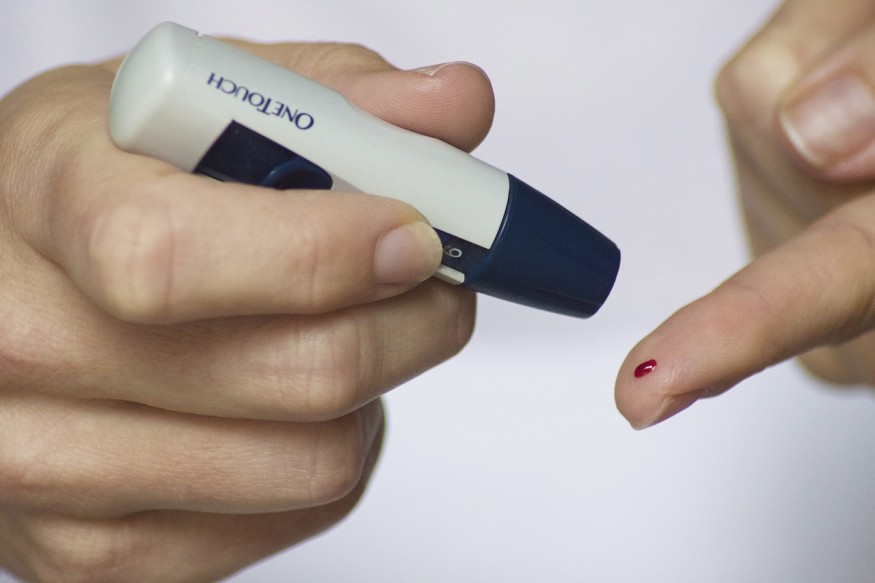Researchers from the National University of Singapore developed an innovative gel for healing diabetic wounds three times faster than usual. It may also reduce recurrence rates and result in lower limb amputation incidents.

Diabetic Wounds
The natural capacity of diabetes patients to heal wounds is compromised due to the condition. These patients tend to develop wounds that last, and that heal slowly.
The wounds that don't heal may lead to serious infections and severe outcomes, such as limb amputation. Even minor burns, cuts, and injuries may result in serious health issues.
Wound-Healing Gel For Diabetic Wounds
A research team from the National University of Singapore embarked on a journey to help address this global issue. They engineered a novel magnetic gel for healing wounds that promises to boost the healing of diabetic wounds and, consequently, lead to lower recurrence rates and limb amputation incidents.
The treatments include applying a bandage pre-loaded with hydrogen that contains healing skin cells and magnetic particles. For the therapeutic results to be maximized, there is also a wireless external magnetic device used for activating skin cells and boosting the healing process speed. Ideally, the magnetic stimulation is designed to last an hour or two.
According to lab tests, the treatment combined with the magnetic stimulation was able to heal diabetic wounds three times faster compared to typical methods. On top of this, though the research primarily focused on healing foot ulcers in diabetes patients, the technology could potentially treat various complex wounds, including burns.
Andy Tay, an assistant professor from the University who led the research team from the NUS College of Design and Engineering's Department of Biomedical Engineering, explains that conventional dressings do not actively play a role in healing wounds, as they stop the wounds from worsening. Patients with these dressings must be changed every two to three days. This makes it a huge healthcare system cost and even an inconvenience for these patients.
Unlike conventional approaches, the novel invention by the NUS team takes an all-in-one approach to healing wounds as it boosts the healing process in several aspects. Assistant Professor Tay explains that the technology addresses several vital factors linked to diabetic wounds.
While the gel has exhibited great potential in boosting the healing of diabetic wounds, it can also revolutionize how complex wound types can be treated.
The researchers are working on more tests to boost the technology and its effectiveness further. They are also working with a clinical partner to gauge the gel's effectiveness using the tissues of actual diabetic patients.
The project was in the works from 2021 to 2023. The researchers have also filed a patent for the novel invention.
Check out more news and information on Medicine & Health in Science Times.












